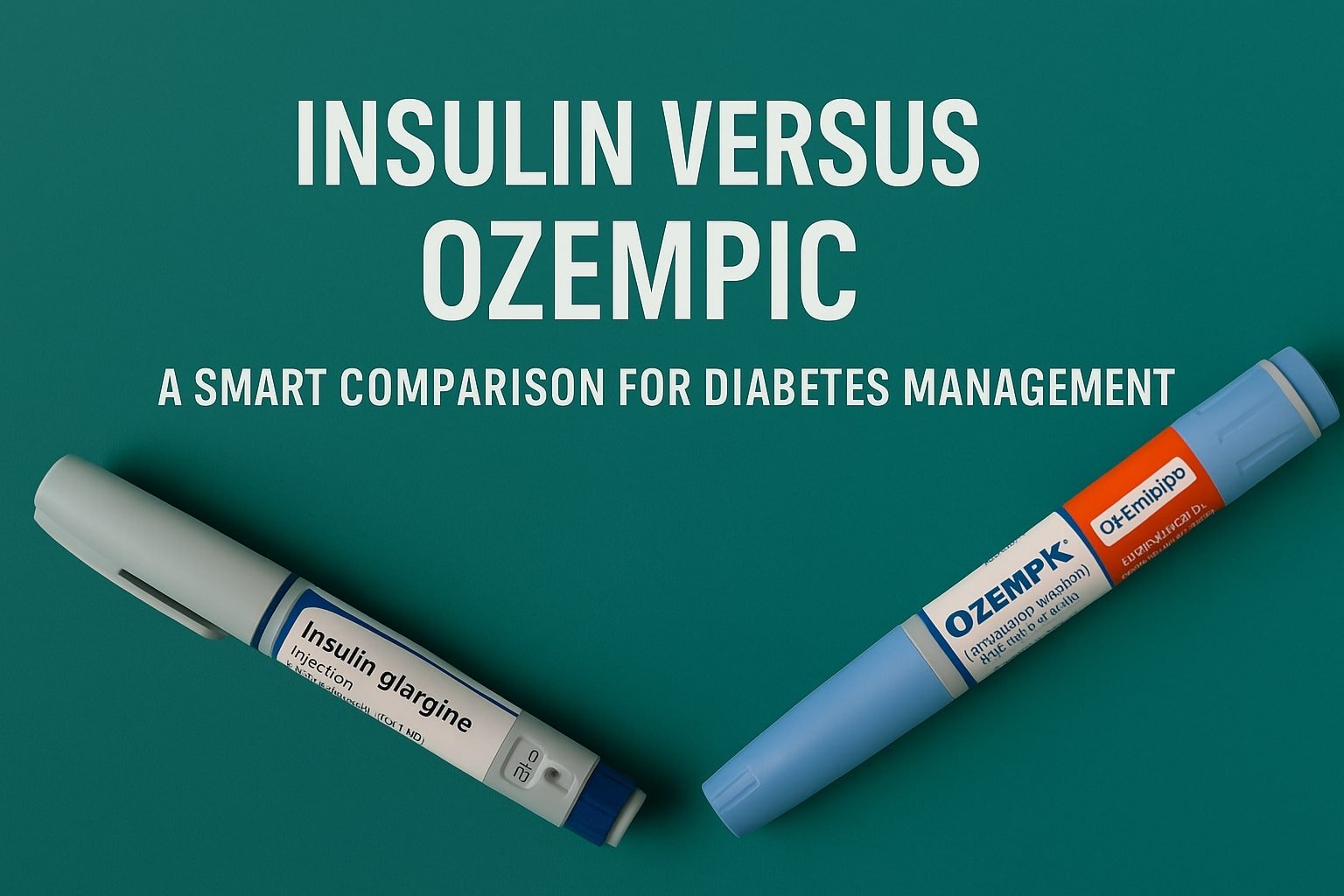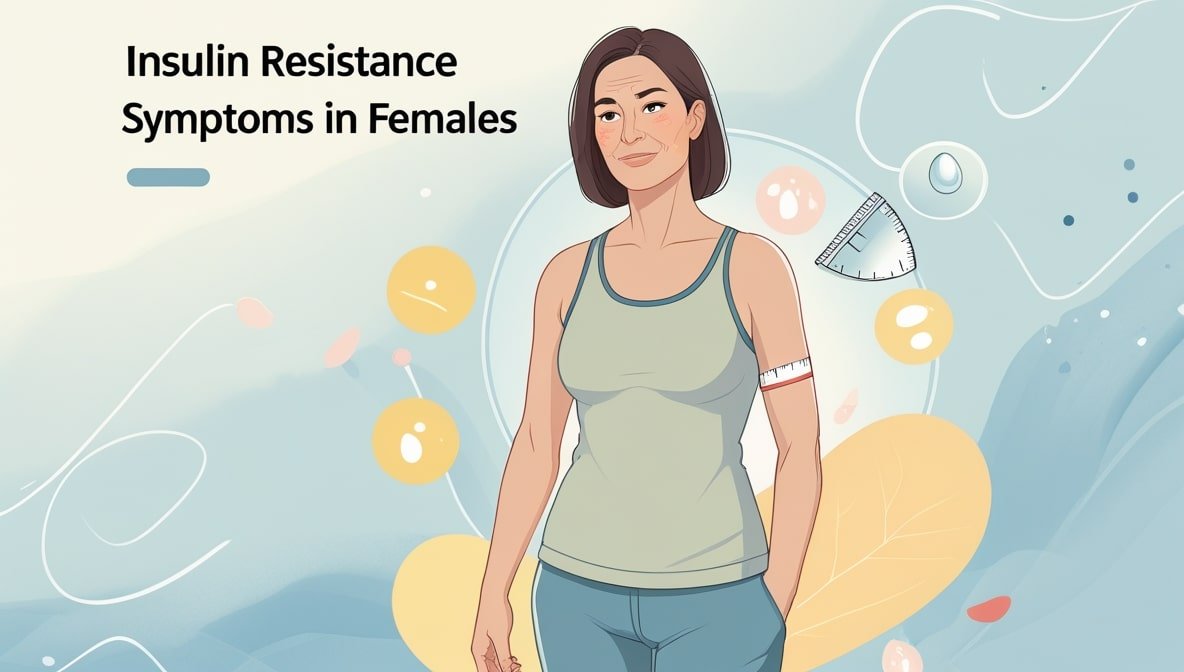The Freestyle Libre 2 has become a popular choice for people with diabetes because it offers continuous glucose monitoring (CGM) without the need for frequent finger sticks. However, one common concern among users is that the readings on the Freestyle Libre 2 can sometimes be lower than those from traditional finger stick tests. If you’ve experienced this, you’re not alone. In this article, we’ll explain why this happens and what factors might be influencing the difference in readings. We’ll also share some tips on how to use your Freestyle Libre 2 effectively and introduce other products that might help.
Understanding the Difference Between Freestyle Libre 2 and Finger Stick Readings
1. How They Measure Glucose

The most important factor in understanding why the Freestyle Libre 2 might show lower readings is the way it measures glucose compared to a finger stick test.
- Freestyle Libre 2: This device measures glucose in the interstitial fluid, which is the fluid that surrounds the cells in your body. Glucose moves from your bloodstream into this fluid, but there is a slight delay. This is why readings from the Freestyle Libre 2 can sometimes be lower or behind those from a finger stick, especially when your glucose levels are rising or falling quickly.
- Finger Stick (Capillary Blood Test): Finger stick tests measure glucose directly in your blood, which gives you an immediate reading. There’s no delay, so these readings tend to reflect your current blood glucose level more accurately, especially in situations of rapid change.
2. Timing of Readings
Another reason for lower readings on the Freestyle Libre 2 is the time lag. CGM devices like the Freestyle Libre 2 typically show a glucose reading that reflects your levels from about 5-15 minutes ago. This delay occurs because it takes time for glucose to travel from the blood to the interstitial fluid.
- This means if your blood sugar is rising (e.g., after a meal), the Freestyle Libre 2 may show a lower reading compared to a finger stick.
- Similarly, during periods of low blood sugar (hypoglycemia), the device may show a reading that is slightly higher than your actual blood glucose level.
3. No Calibration Required
Some CGMs require users to calibrate the device by taking regular finger stick readings and entering them into the CGM for more accuracy. The Freestyle Libre 2 doesn’t require this calibration, which is one of its selling points. However, because of this, small discrepancies between its readings and finger stick results can happen. This doesn’t necessarily mean the device is inaccurate, but it does explain why there may be differences.
4. Sensor Placement
The accuracy of your Freestyle Libre 2 can also be affected by where the sensor is placed. The recommended spot is the back of your upper arm. If the sensor is placed incorrectly or is subjected to pressure (like lying on that arm while sleeping), it could result in less accurate readings.
5. Environmental Factors
Environmental conditions, such as temperature or humidity, can also have an impact on your sensor’s readings. Extreme temperatures, particularly cold weather, may cause the sensor to read glucose levels lower than they actually are.
What to Do When You Notice Differences

If your Freestyle Libre 2 readings are consistently lower than your finger stick results, it’s important to be cautious. Here are some steps you can take:
- Check Finger Stick Readings if Symptoms Occur: If you feel symptoms of high or low blood sugar but your Freestyle Libre 2 is showing a normal range, it’s a good idea to double-check with a finger stick test. This can help confirm your actual glucose level and guide your treatment decisions.
- Consider Timing: Remember that the Freestyle Libre 2 may lag behind real-time blood glucose, especially after meals or exercise. If you see a low reading but recently ate, it may simply be that the device hasn’t caught up yet.
- Discuss with Your Healthcare Provider: If you regularly notice a significant difference between the Freestyle Libre 2 and finger stick readings, talk to your doctor. They may recommend using both methods in combination to ensure better control of your glucose levels.
Glucose Monitoring Products to Consider
While the Freestyle Libre 2 is a great option for many, there are other glucose monitoring devices available that may suit your needs better or serve as a useful complement. Here’s a look at five products worth considering:
- Dexcom G6
The Dexcom G6 is another CGM device that offers continuous glucose monitoring without the need for finger stick calibration. It provides real-time readings directly to your smartphone, making it convenient to track your levels throughout the day. It’s known for its high accuracy and is often recommended for people who want more consistent readings. - Eversense CGM
The Eversense CGM is unique because it uses a small sensor implanted under the skin that lasts for up to 90 days. This can be a long-term solution for people who want a device that requires less frequent sensor changes. It also provides alerts for high and low blood sugar, helping users manage their diabetes with confidence. - Medtronic Guardian Connect
Designed for people using insulin therapy, the Medtronic Guardian Connect CGM pairs with the Guardian sensor to offer real-time glucose data and insights. However, unlike the Freestyle Libre 2, this device does require finger stick calibration to maintain accuracy, but many users find it reliable for managing blood glucose levels. - Contour Next One
The Contour Next One is a traditional finger stick blood glucose meter that is highly regarded for its accuracy. If you’re looking for a reliable meter to cross-check your CGM readings or want a backup for important moments, this is a great option. - Accu-Chek Guide
Another excellent finger stick blood glucose meter, the Accu-Chek Guide is known for its ease of use and precise readings. It’s a great tool to use alongside your Freestyle Libre 2 for comparison purposes or in cases where CGM readings don’t align with your symptoms.
Final Thoughts
While it can be concerning to see lower readings on your Freestyle Libre 2 compared to a finger stick, it’s important to remember the differences in how these devices measure glucose. The Freestyle Libre 2 offers convenience and ease of use, but it’s not always as immediate or accurate as a blood test when your levels are changing quickly. Using both methods, if possible, can give you a fuller picture of your glucose control. Be sure to talk to your healthcare provider if you have ongoing concerns about the accuracy of your readings.
People Also Ask
1. Why is my Libre sensor reading lower than my finger stick?
The Freestyle Libre sensor measures glucose levels in the interstitial fluid, not directly in the blood. This fluid surrounds your cells and reflects blood sugar levels with a slight delay, usually 5-15 minutes. As a result, if your blood sugar is rising or falling quickly, the Freestyle Libre 2 readings may be lower or higher than those from a finger stick test, which measures blood glucose directly and in real-time. Other factors like sensor placement and environmental conditions can also contribute to lower readings.
2. Can FreeStyle Libre 2 give false readings?
Yes, the Freestyle Libre 2 can occasionally give inaccurate readings, especially if the sensor is not placed correctly, if there is significant pressure on the sensor (like when you sleep on it), or due to extreme environmental conditions (very hot or cold weather). It’s also important to consider the time lag in CGM readings, especially during periods of rapid blood sugar changes, which may cause the device to show delayed values.
3. Why is my Libre 2 so inaccurate?
Several factors could affect the accuracy of your Libre 2:
- Sensor placement: If the sensor is placed improperly or on an area with too much movement or pressure, readings can be affected.
- Rapid changes in blood sugar: The sensor may lag behind your real-time glucose levels, especially during times when your blood sugar is rising or falling quickly.
- Calibration: Unlike some other CGMs, the Libre 2 does not require finger stick calibration. While this adds convenience, it may sometimes result in slightly inaccurate readings. If you’re consistently seeing inaccuracies, it’s a good idea to double-check with a finger stick test and consult with your healthcare provider.
4. How do I calibrate my FreeStyle Libre 2 meter?
The Freestyle Libre 2 does not require user calibration. This means you do not need to input finger stick readings to adjust the sensor. The device is designed to provide accurate readings without this step, although, as with any CGM, there may be slight discrepancies compared to finger stick tests. If you feel the need to verify the device’s readings, you can compare them with a finger stick glucose test, but there’s no option for user calibration with the Freestyle Libre 2.
5. What is the margin of error on the FreeStyle Libre 2?
The Freestyle Libre 2 has a margin of error called the Mean Absolute Relative Difference (MARD), which is typically around 9-10%. This means that in most cases, the sensor’s readings are within 9-10% of your actual blood glucose levels. This margin is generally acceptable for day-to-day glucose management, but it’s important to remember that during times of rapid glucose changes, such as after eating or exercising, the device’s lag may make the difference between the actual blood glucose level and the sensor reading more noticeable.
6. Can you scan a Libre 2 too much?
No, scanning your Freestyle Libre 2 frequently does not harm the device or cause inaccurate readings. You can scan the sensor as often as you like, and it will display your most recent glucose reading from the interstitial fluid. In fact, scanning more frequently can give you a better understanding of your glucose trends and how your levels are changing throughout the day.
Resources:
1. Continuous Glucose Monitoring (CGM) for Diabetes
URL: https://www.endocrineweb.com/conditions/diabetes/continuous-glucose-monitoring
Description: EndocrineWeb provides a comprehensive guide on continuous glucose monitoring systems, including the Freestyle Libre 2. The article explains how CGM devices work and how they differ from traditional finger stick tests, offering useful insights for people managing diabetes.
3. Freestyle Libre 2: How to Use It for Diabetes Management
URL: https://www.cdc.gov/diabetes/diabetes-testing/monitoring-blood-sugar.html
Description: The Centers for Disease Control and Prevention (CDC) provides an overview of CGM devices, including the Freestyle Libre 2. This resource offers detailed information on how CGM technology works, how it can help manage diabetes, and how it differs from finger stick glucose monitors.
4. Freestyle Libre vs. Dexcom: A Comparison of Continuous Glucose Monitors
URL: https://www.healthline.com/diabetesmine/dexcom-vs-abbott-freestyle-libre-cgm-function-accuracy-and-cost
Description: Healthline offers a direct comparison between the Freestyle Libre 2 and the Dexcom G6, highlighting the pros and cons of each device. The article helps users decide which CGM device may work best for their lifestyle and diabetes management needs.




